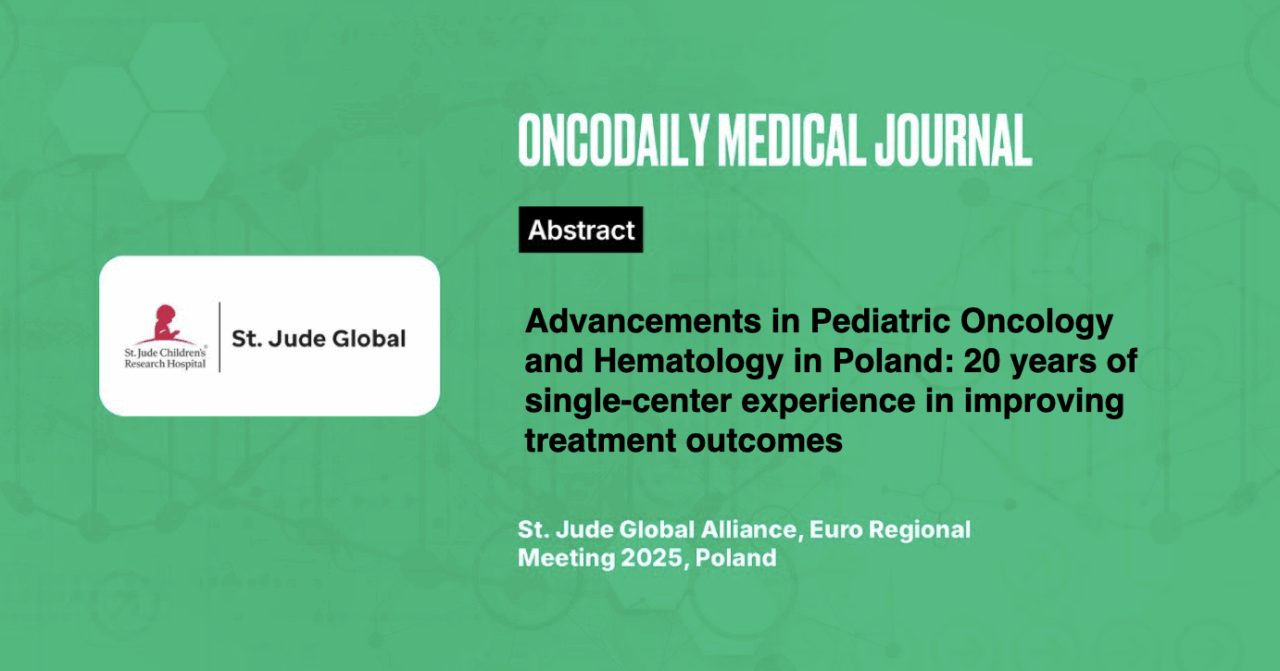Advancements in Pediatric Oncology and Hematology in Poland: 20 years of single-center experience in improving treatment outcomes
Abstract
Introduction: With various therapy advancements, survival rates for pediatric cancer patients have substantially improved across the vast majority of diagnoses. This study aimed to describe a single-center experience with overall survival (OS) among pediatric cancer patients over a 20-year period.
Methodology: Between 2001 and 2020, at the Pediatric Oncology and Hematology Center in Łódź, 1,191 patients aged 0 to 18 years were diagnosed and recorded in the local registry. All patients were classified according to the International Classification of Childhood Cancer, third edition (ICCC-3). To analyze trends in overall survival (OS) and event-free survival (EFS), patients were divided into four timeline intervals based on the year of cancer diagnosis: Interval I (2001-2005), Interval II (2006-2010), Interval III (2011-2015), and Interval IV (2016-2020). Survival rates were compared across these intervals to assess improvements in treatment outcomes over time.
Results: For all cancers combined, the 5-year survival rate gradually improved from 67.96% for children diagnosed in 2001-2005 to 81.26% in 2016-2020 (p=0.00145). Similarly, EFS increased from 55.86% (2001-2005) to 74.32% (2016-2020) (p=0.001). The most remarkable improvements were observed in leukemia patients, where OS increased from 66.18% in Interval I to 75.23% in Interval II, reaching 86.9% and 83.7% in Intervals III and IV, respectively (p=0.016).
Conclusion: The observed amelioration in survival rates is likely linked to better risk-adapted protocols and improved access to advanced, targeted therapies. Additionally, treatment-related mortality (TRM) was identified as a key factor influencing overall survival. TRM decreased from 11.58% (30/259) and 11.23% (31/276) in the first two periods to 6.43% (18/280) and 3.56% (11/309) in the later ones. This correlates with Poland’s transition from a middle-income to a high-income economy, which has likely facilitated better treatment availability and supportive care.





